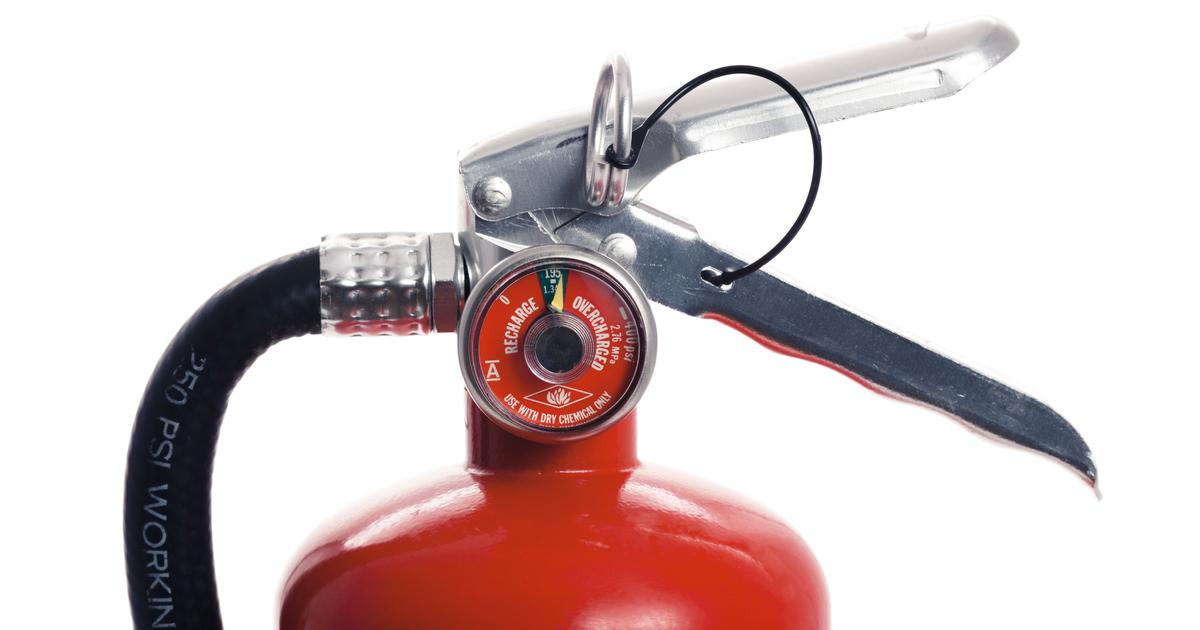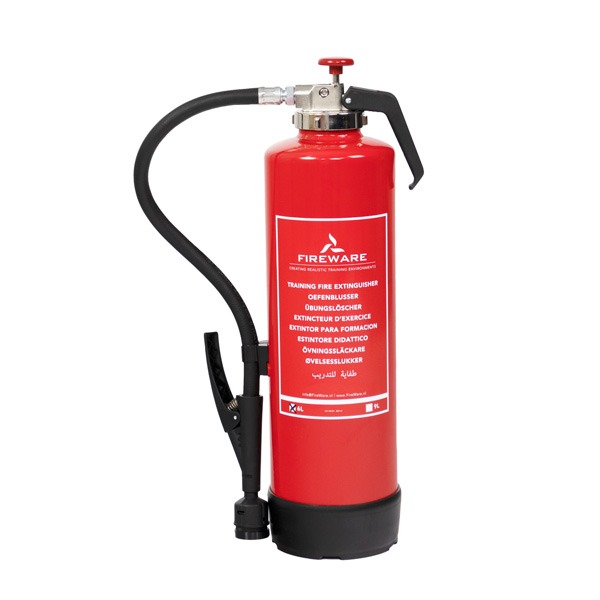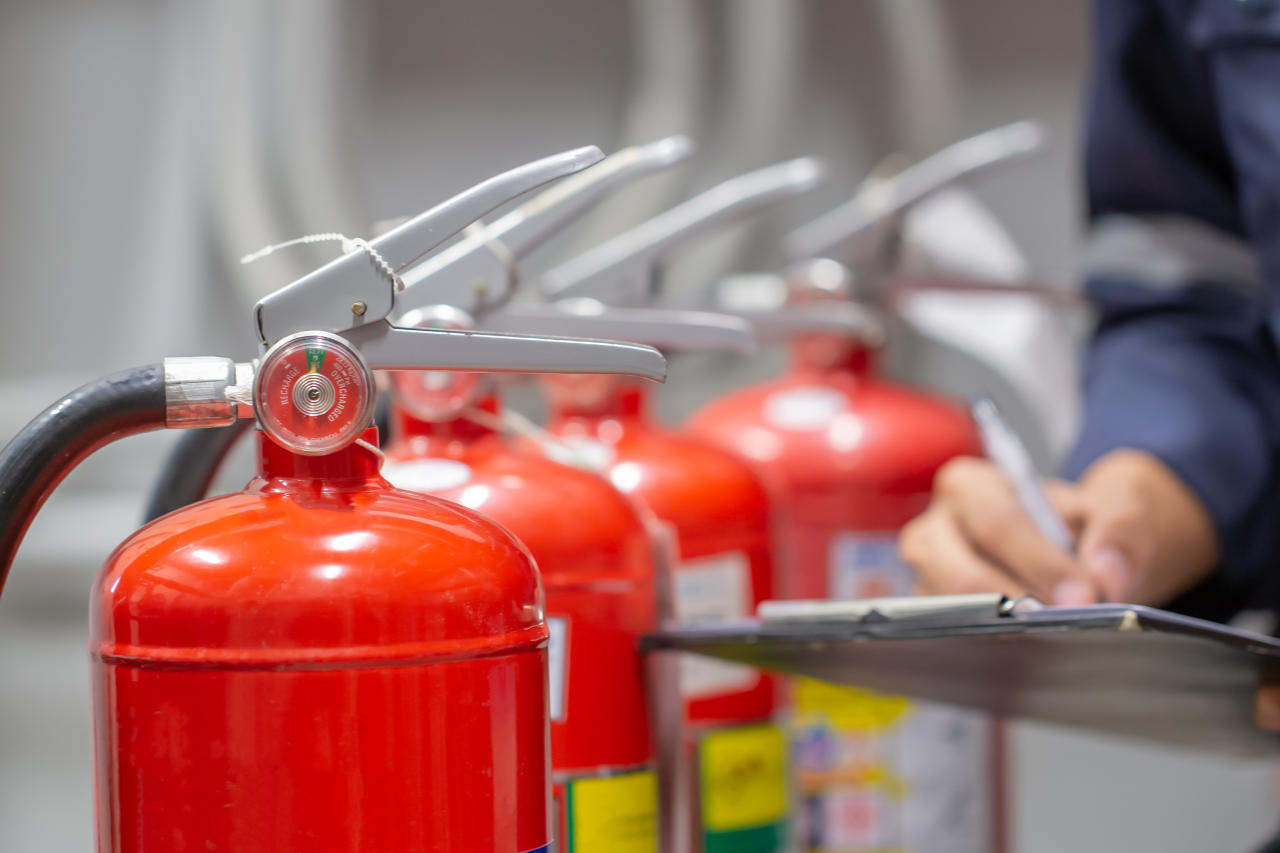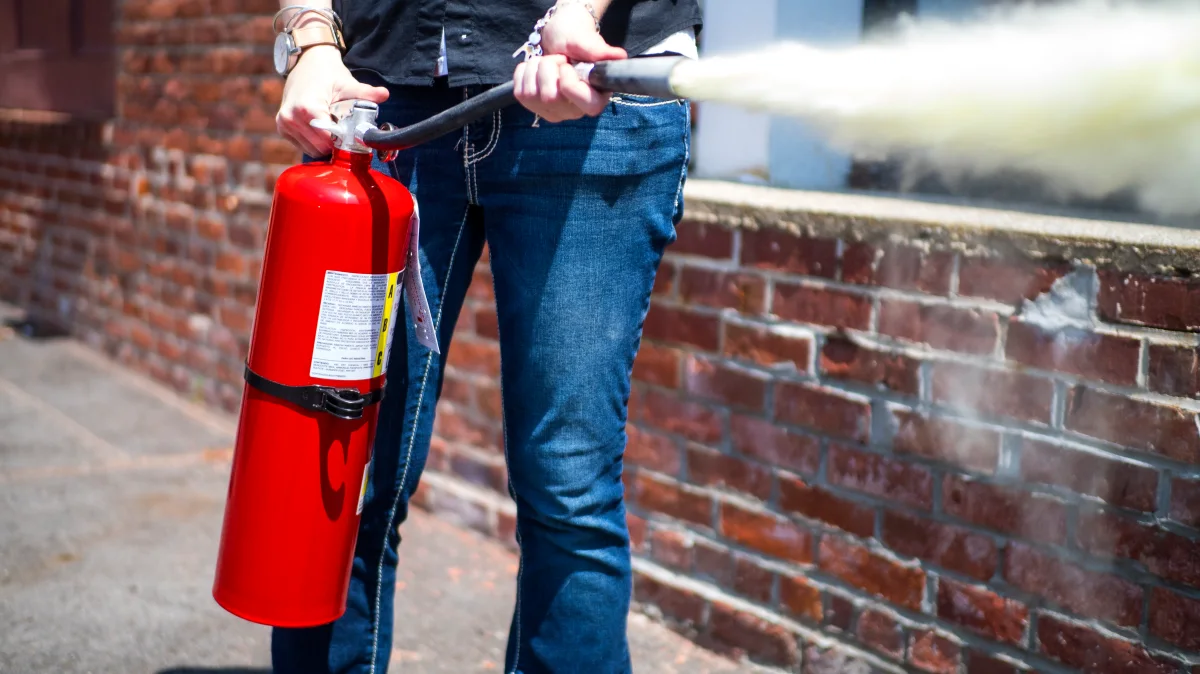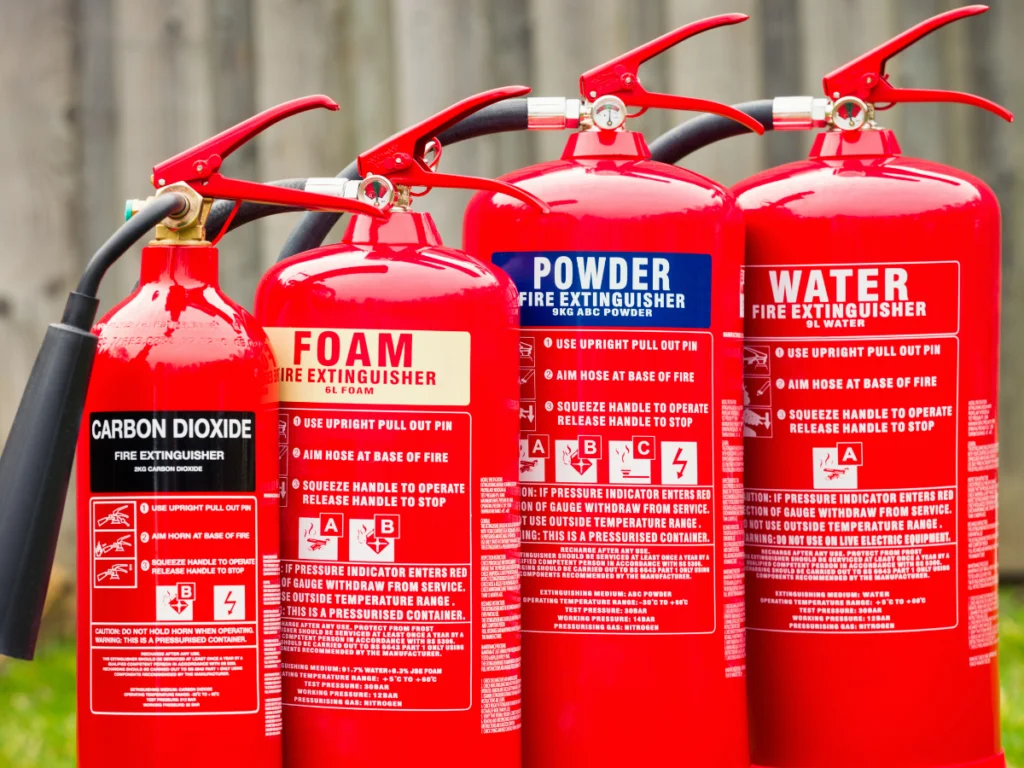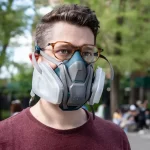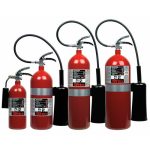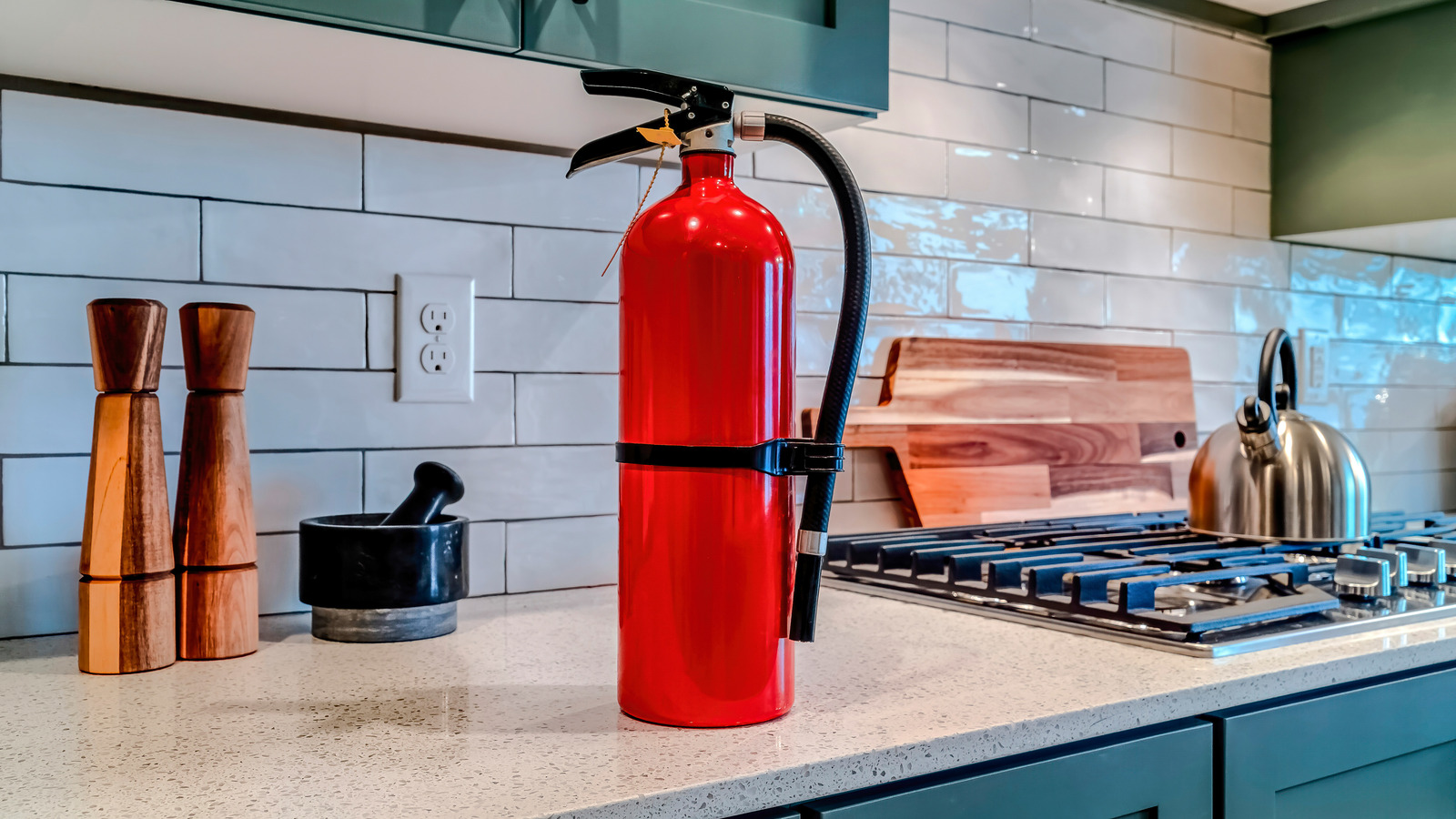 I. Introduction
I. Introduction
Knowing how to properly use a fire extinguisher is crucial in emergency situations. In this blog post, we will explore the importance of understanding fire extinguisher usage and provide a brief overview of the purpose and types of fire extinguishers.
II. Understanding the Fire Triangle and Classes of Fires
A. The Fire Triangle: Fuel, Oxygen, and Heat
The fire triangle represents the three elements necessary for a fire to occur: fuel, oxygen, and heat. Removing any one of these elements can help extinguish a fire. A fire extinguisher works by removing or interrupting one or more components of the fire triangle.
B. Classes of Fires: A, B, C, D, and K
Fires are classified into different classes based on the type of fuel involved. Each class requires a specific type of fire extinguisher for effective extinguishment.
- Class A: Fires involving ordinary combustible materials such as wood, paper, and cloth.
- Class B: Fires involving flammable liquids like gasoline, oil, or grease.
- Class C: Fires involving electrical equipment such as appliances, motors, or wiring.
- Class D: Fires involving flammable metals like magnesium, titanium, or potassium.
- Class K: Fires involving cooking oils and fats, commonly found in commercial kitchens.
Understanding these classes of fires is crucial in selecting the appropriate type of fire extinguisher for a specific fire scenario.
III. Before Using a Fire Extinguisher
A. Evaluate the situation and ensure personal safety
Assessing the fire and its surroundings helps determine if it is safe to use a fire extinguisher. If the fire is spreading rapidly, the area is filled with smoke, or the fire is too large to be contained, evacuate immediately and call emergency services.
B. Understand the limitations and capabilities of the fire extinguisher
Every fire extinguisher has limitations in terms of fire size and the type of fire it can effectively extinguish. Familiarize yourself with the instructions and labels on the fire extinguisher to ensure it is suitable for the specific fire you are dealing with. If in doubt, contact emergency services for guidance.
IV. Steps to Using a Fire Extinguisher
A. Pulling the pin and aiming the nozzle
Before releasing the extinguishing agent, pull the pin located on the top of the extinguisher. Next, aim the nozzle or hose at the base of the fire, not at the flames.
B. Squeezing the handle to discharge the extinguishing agent
With a firm grip on the extinguisher, squeeze the handle to release the extinguishing agent. Maintain good control of the extinguisher while discharging the agent. Remember to keep a safe distance from the fire to avoid getting too close.
C. Sweeping the nozzle from side to side to extinguish the fire
Move the nozzle or hose from side to side in a sweeping motion while directing the extinguishing agent at the base of the fire. This helps cover a larger area and extinguish any remaining flames.
It’s important to note that a fire extinguisher has a limited amount of extinguishing agent. If the fire reignites, evacuate the area immediately and call emergency services.
V. Different Types of Fire Extinguishers and Their Uses
A. Water and Foam-based extinguishers (Class A fires)
Water and foam-based fire extinguishers are suitable for Class A fires, which involve materials such as wood, paper, cloth, and plastics. These extinguishers work by cooling the fire and removing the heat element from the fire triangle. The water or foam acts as a suppressant that reduces the fire’s intensity.
Water extinguishers are typically filled with water and equipped with a discharge nozzle or hose. Foam-based extinguishers, on the other hand, contain a foam concentrate that is mixed with water during the discharge. The foam forms a blanket over the fire, preventing the release of flammable vapors.
B. Carbon Dioxide and Dry Chemical extinguishers (Class B and C fires)
Carbon dioxide (CO2) and dry chemical fire extinguishers are commonly used for Class B and C fires. Class B fires involve flammable liquids, gases, and oils, such as gasoline, oil, and propane. Class C fires, on the other hand, are fires involving energized electrical equipment.
Carbon dioxide extinguishers work by displacing oxygen, cutting off the fire’s supply. CO2 is a non-conductive and non-corrosive gas, making it safe to use on electrical fires. Dry chemical extinguishers, on the other hand, contain a fine powder that smothers the fire and interrupts the chemical reaction of the fire triangle.
C. Metal and Kitchen-specific extinguishers (Class D and K fires)
Metal and kitchen-specific fire extinguishers are designed to combat Class D and K fires. Class D fires involve combustible metals, such as magnesium, titanium, and potassium. Class K fires, on the other hand, are fires that occur in cooking appliances, including oils and fats.
Metal extinguishers use powders specifically formulated to suppress metal fires. These powders work by creating a crust that prevents oxygen from reaching the fire and inhibiting the chemical reaction. Kitchen-specific extinguishers, on the other hand, utilize wet chemical agents that react with the burning oil or fat, creating a cooling effect and forming a soapy foam-like layer that extinguishes the fire.
VI. Handling Specific Fire Situations
Knowing how to handle specific fire situations is crucial to minimize damage and protect lives. Different types of fires require different strategies for safe extinguishment.
A. Electrical fires
Electrical fires are Class C fires, and water-based extinguishers should never be used on them as they can conduct electricity and cause further harm. Carbon dioxide or dry chemical extinguishers are the most suitable for electrical fires.
B. Flammable liquid fires
Flammable liquid fires, or Class B fires, should be approached with caution. It is important to remember not to use water-based extinguishers on these fires as it can spread the flames. Carbon dioxide extinguishers or dry chemical extinguishers are effective in suppressing these fires. It is advisable to smother the fire by aiming at the base of the flames and sweeping across.
C. Cooking fires
Kitchen fires, typically Class K fires, can quickly escalate and cause severe damage. The first step in extinguishing a cooking fire is to turn off the heat source. For small grease fires on stovetops, a kitchen-specific extinguisher or a fire blanket can be used. In the case of an oven or appliance fire, it is best to keep the door closed and use a fire extinguisher.
D. Workplace/industrial fires
Workplace and industrial fires can vary greatly depending on the materials involved. Understanding the specific hazards of the environment is crucial. Depending on the type of fire, the appropriate fire extinguisher should be used. It is important to follow proper evacuation procedures and contact emergency services immediately if the fire cannot be safely extinguished.
